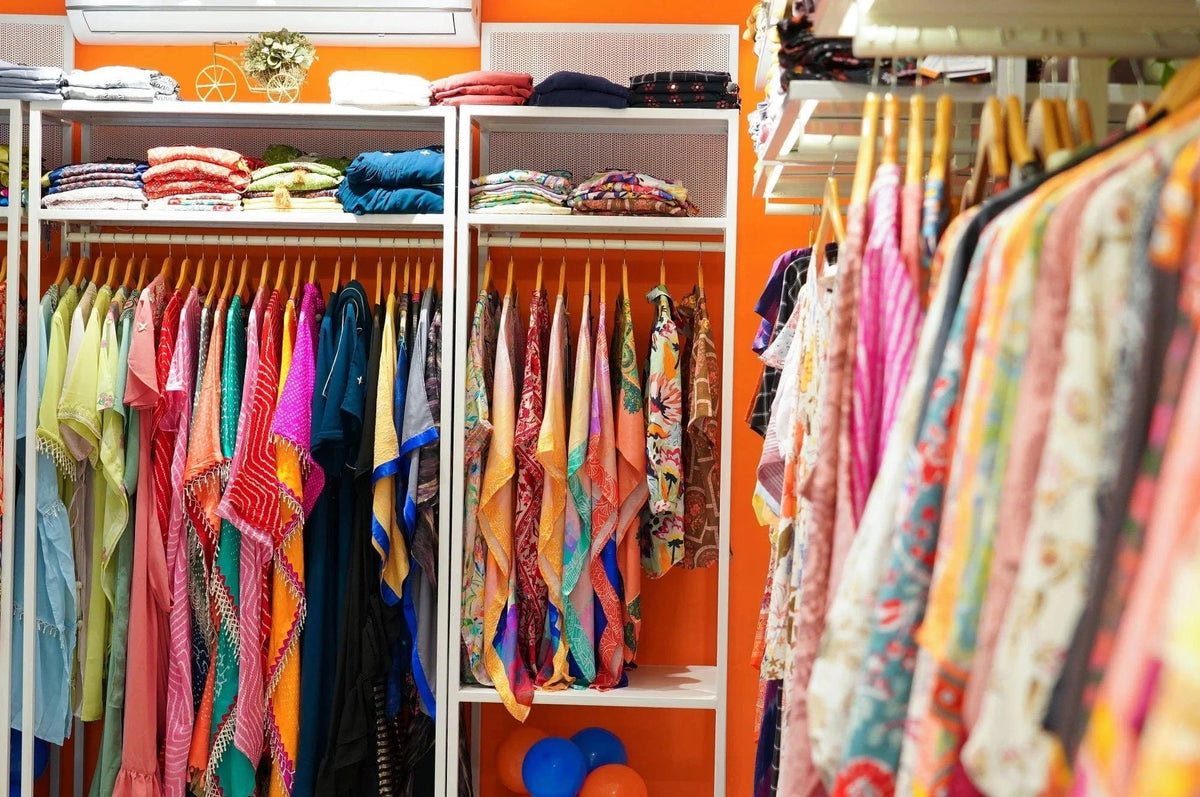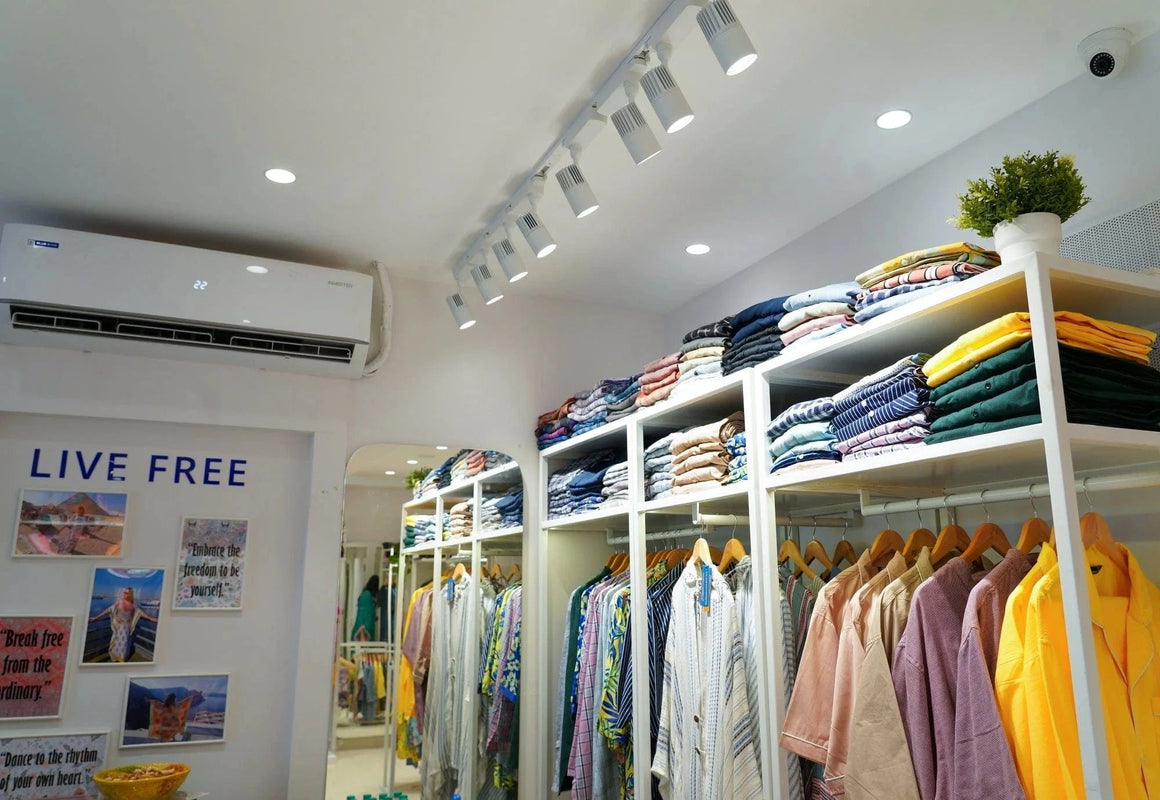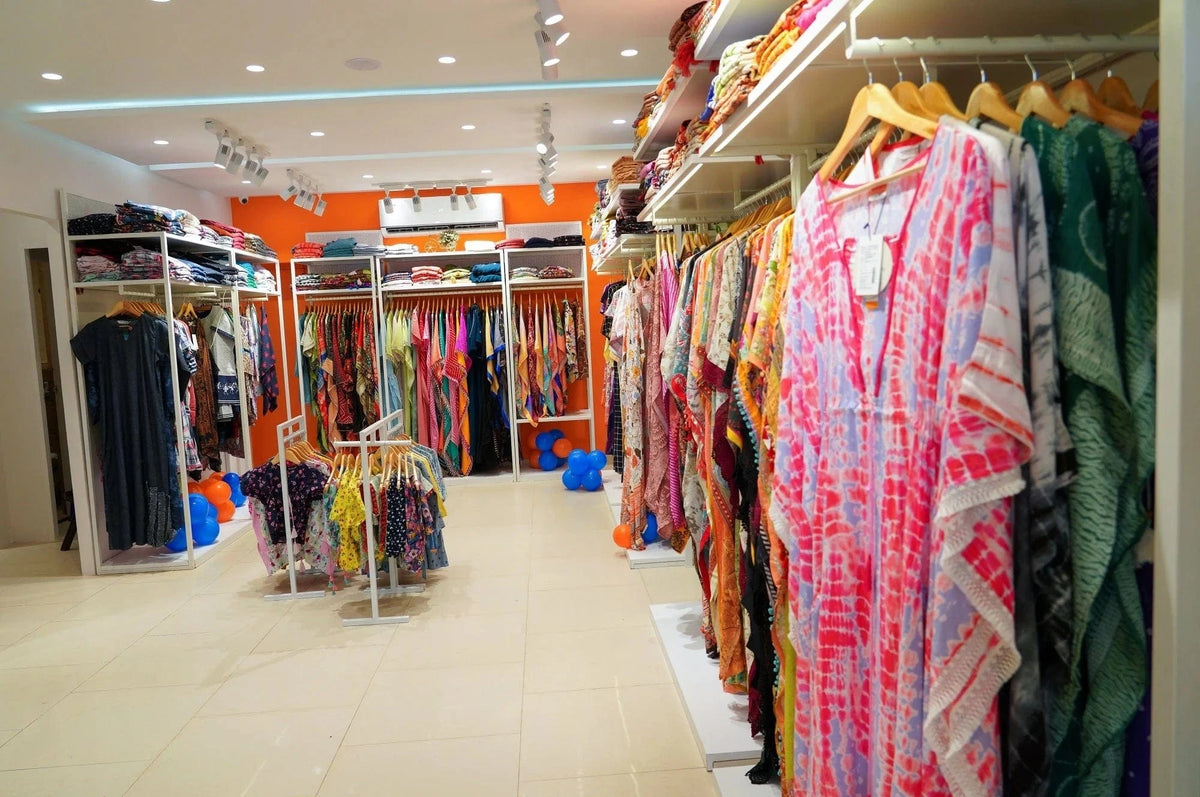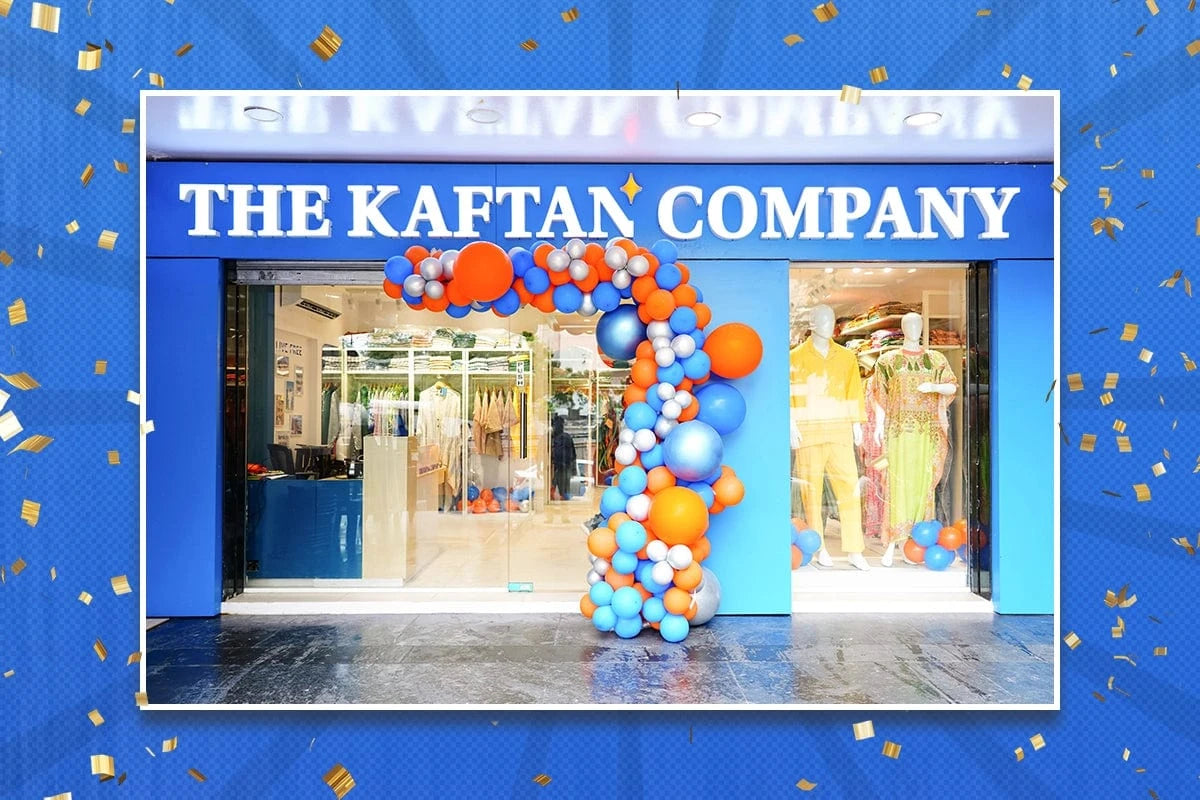Maternity wear remained non-existent until a few years ago and came to the limelight very recently. Even after its emergence, the maternity market wear largely remained unprofitable. Most women preferred everyday flowy outfits that could hide their bumps and last till the end of their pregnancy. However, with time, brands identified the huge market gap and grabbed the opportunity to commence an altogether new category targeting pregnant women.
Thanks to the celebrity moms-to-be too, who have been at the vanguard of this change. Modern-day women are no longer willing to hide their baby bumps using dupattas, stoles, and oversized clothes; they are confident in their bodies and have a penchant for dressing in a certain manner. This shift in the mindset is often reflected in the choices they make as pregnant women or new moms – whether it is their maternity fashion style, how they wish to raise their kids or their purchase behaviour.
.jpg) |
.jpg) |
Facts and figures
If reports are to be considered, they point out that the maternity wear market in India, valued at Rs 2000 crore and growing at a CAGR of 15 to 17 percent. In fact, a study conducted by Statista highlighted that the global maternity wear industry is anticipated to cross USD 7 billion by the end of 2023 from USD 6.1 billion in 2016, thereby growing at a CAGR of approximately 2 percent in the forecast period of 2016-2023. These numbers indicate that India has joined the maternity wear bandwagon and has caught pace more than ever before. This means there is tremendous potential for this new mushrooming category in the retail fashion segment.
Maternity clothing options
The sudden influx of high-street wear and mounting demand from modern customers has forced brands and retailers to improve their game and introduce fancy and fashionable styles without compromising comfort. Gone are the days when moms-to-be don vintage baby-doll gowns, manly shirts, uncomfortable sarees, and wide waistcoats to hide their bumps. Now, brands are leaving no stone unturned to raise awareness around the importance of investing in maternity wear, which won’t necessarily burn a deep hole in their wallets and would enable them to nurse their child.
Nursing-friendly outfits, especially, have become prominent and are highly preferred by working mothers. As a result of these newly-introduced categories, the per capita expenditure on ‘mother and baby care’ has significantly risen. Data suggests that by 2025, India's mother and baby care market will likely reach 26.35 billion at a CAGR of 11.11 percent. And rightfully so, the ever-widening product assortment in the maternity wear category justifies these figures.
From prenatal gowns to support bras and briefs, midi dresses to tank tops, and kaftans to co-ord sets – the options are endless and most versatile. Moreover, as most women are constantly on the go, they prefer the latest fashions in breathable and comfortable fabrics like cotton, linen, and linens with adjustable elastics around the waist for track pants, trousers, and denim. Several manufacturers are joining the niche category of sustainable fashion to cater to such customer demands by producing organic and eco-friendly fabrics and outfits. However, the pricing for this category is much higher than the hand-me-down clothes available in stores.
Considering the availability of so much variety at different price points, these trends are propelling pregnant women and new moms to indulge in binge shopping, thereby driving the emergence of new brands in this segment. The brighter part of the story is that in earlier times, women hesitated to spend too much on maternity wear, which has now evolved, as the need to look presentable in social spaces and workplaces is way too overpowering. But this raises an important question – what factors influence this change? Let us find out.
.jpg)
Top contributors to successful change in the maternity wear industry
The expecting and new moms-to-be have a penchant for updating their fashion game. They are no longer staying homebound in these phases and are, in fact, increasingly growing conscious of the way they look. This is due to the emergence of social media, the influencer trend, increased media awareness, and easy access to maternity wear from leading brands. These factors, coupled with financial independence, greater decision-making power, style consciousness, and women’s participation in the workforce, among other things, are significant facilitators of this trend.
Additionally, most couples today opt to have a small family of three or four, making the pregnancy experience even more valuable. Naturally, couples are making the most of this phase, thereby indulging in activities like maternity wear shopping, pregnancy photoshoots, babymoons, and nursery designing to enhance the experience. Remember the influences driven by celebrity moms-to-be in recent times, including Neha Dhupia, Sonam Kapoor, Dia Mirza, Alia Bhatt, and Kareena Kapoor. The latter, especially, has been the flag bearer of pregnancy fashion – let it be through her casual appearances in kaftans, walking the runway flaunting her baby bump, taking a baby moon, or shooting a movie amid her pregnancy.
What does the future look like?
We have come a long way since the evolution of maternity wear. Besides the growing variety and constant expansion of the category, brands and designers are also going the extra mile to ensure that the experience of wearing maternity clothes is comfortable, fashionable, and memorable. Besides catering to the urban population, they are also gradually targeting tier-1 and tier-2 cities, where the demand for maternity wear exists, but the paying capacity remains relatively low.
Overall, the market for maternity wear in India and globally looks lucrative and holds great potential to offer better choices to expecting and new mothers so that the journey to motherhood is that of ease, confidence, and joy!
Publication : Fashion/Women's Lifestyle
Author : Navin S. Rao
Source link: https://infashionbusiness.com/home/news_details/225/13





